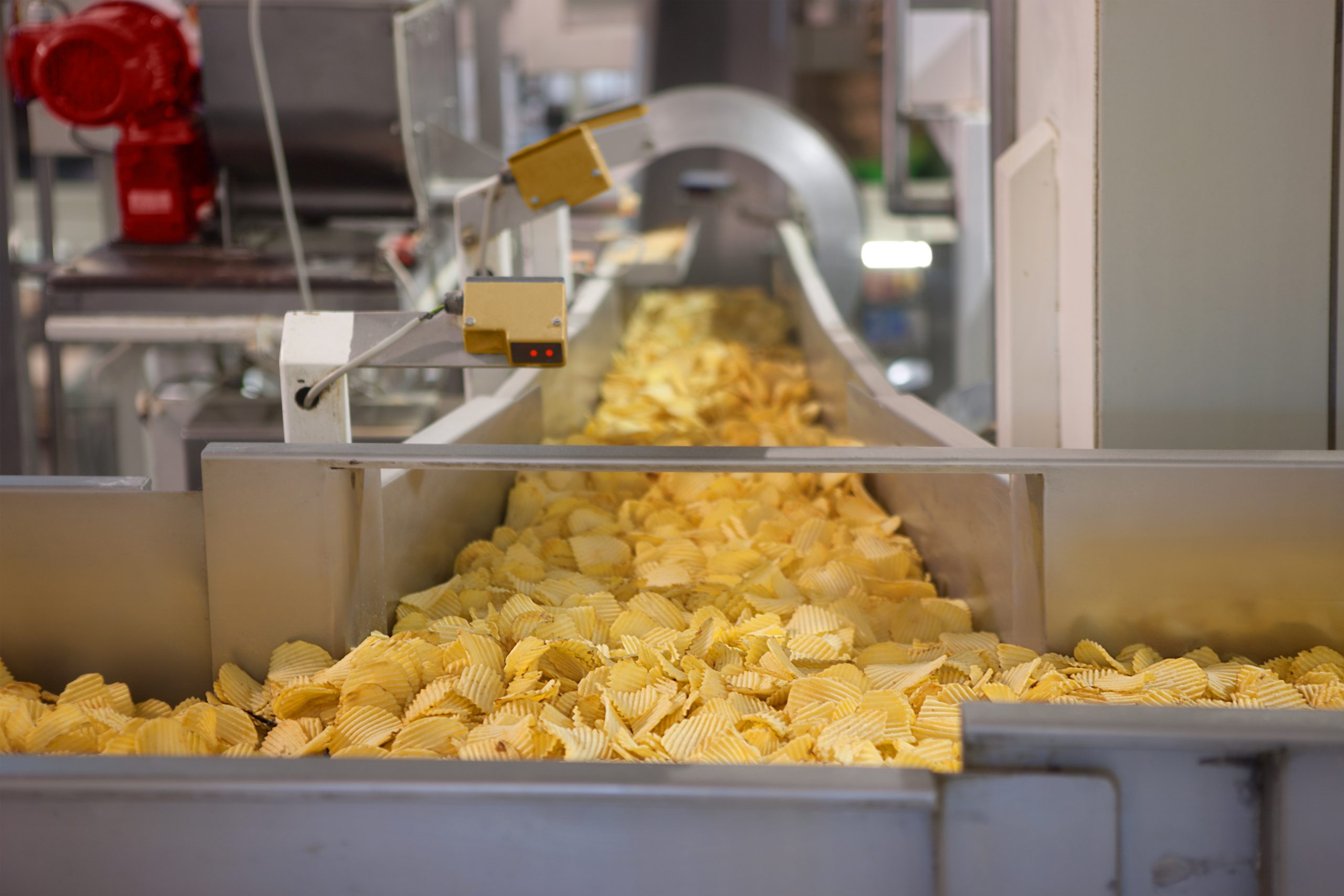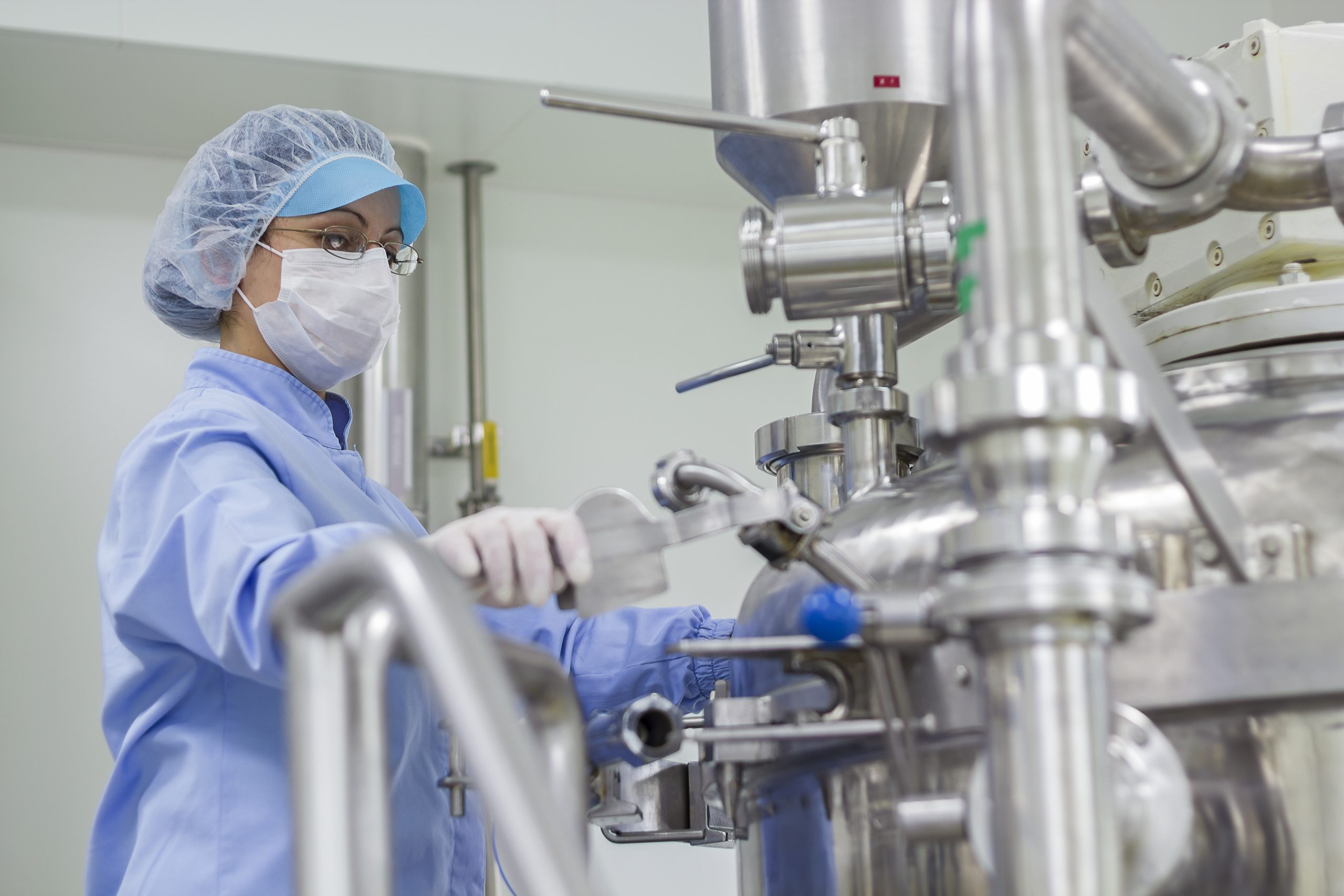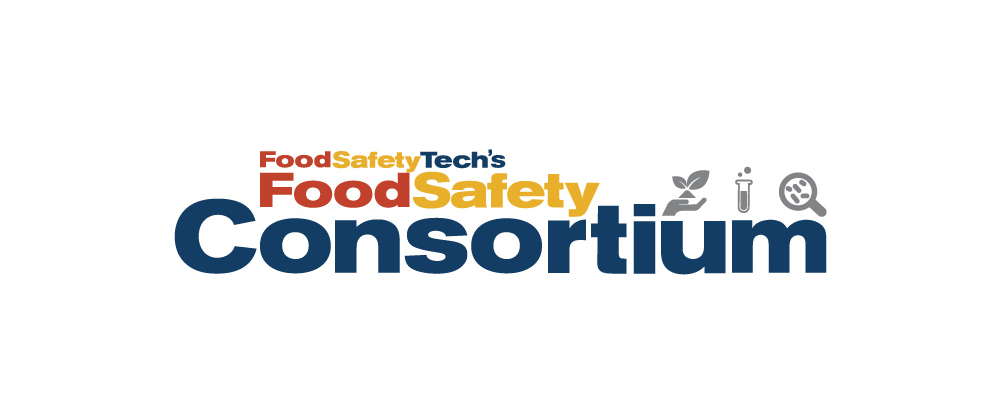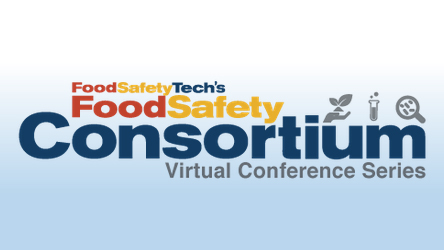Maintenance management in a food production facility is a formidable challenge. Managing machines and people across multiple sites, ensuring compliance with health, safety and environment (HSE) regulations, driving efficiency and preventing costly downtime: the challenges are manifold. With stringent audit requirements and the constant threat of product recalls or facility shutdowns, asset managers in the food sector must embrace strategic and data-driven maintenance strategies.
According to the Enterprise Asset Management (EAM) Trend Report, uptime is the most crucial performance indicator for asset managers in industrial businesses such as food and beverage manufacturing. Yet, a lack of communication remains one of the biggest risks to uptime. With the cost of downtime exceeding $22,000 per minute (or over $1M per hour)1 it’s an issue that no-one can afford to ignore. Effective collaboration, digital transformation and proactive maintenance practices are the key answer to the five biggest challenges for food sector asset managers.
1. Enhancing Collaboration for Optimized Asset Management
Asset managers must align maintenance KPIs with overarching business goals. Effective collaboration between maintenance teams, operations, and HSE professionals creates compound benefits such as improving productivity, efficiency, communication, and data integrity.
The Circle of Collaboration is a theory that fosters alignment between departments and facilitates a seamless flow of information. To achieve this, a centralized EAM system empowers teams to share data, analyze trends, and embrace a proactive maintenance culture. This approach helps eliminate the traditional “we use, you fix” mentality and shifts the focus toward shared objectives.
By leveraging a single-source-of-truth platform, food manufacturers can move away from blame-based working cultures and embrace interdepartmental cooperation, ultimately reducing downtime and enhancing workplace safety.
2. Protecting Uptime with Proactive Maintenance
Unplanned downtime is one of the most significant threats to food manufacturing operations. It leads to production delays, financial losses, and potential food safety risks. Given the perishable nature of food products, even minor disruptions can have catastrophic consequences.
Implementing proactive maintenance strategies helps mitigate these risks. By transitioning from reactive maintenance to predictive and risk-based approaches, organizations can optimize asset reliability and reduce costly breakdowns.
The Maintenance Maturity Model illustrates how companies can evolve from reactive repairs to predictive analytics-driven strategies, leveraging IoT technologies to monitor asset health in real time. With data-driven insights, asset managers can anticipate failures, schedule maintenance more efficiently, and extend the lifespan of critical equipment.
3. Controlling Costs Through Data-Driven Decisions
Maintenance budgets must be managed meticulously to ensure cost efficiency without compromising safety or productivity. However, relying on offline data records makes it challenging to understand how budgets are spent and which assets cost the most to maintain. Optimizing asset performance then becomes a guessing game.
A robust EAM system provides reliable data on asset operation and service history, allowing asset managers to make confident decisions. By automating maintenance tracking, organizations can pinpoint underperforming assets, identify inefficient maintenance practices, and allocate resources effectively.
With full visibility into maintenance costs, food manufacturers can get the most value out of their assets by spending the budget in the most impactful manner. In doing so, they optimize asset utilization and achieve greater financial control.
4. Simplifying HSE Compliance
Ensuring regulatory compliance is a top priority for food manufacturers. With ever-evolving safety regulations and stringent hygiene standards, food production facilities must integrate asset management and HSE processes effectively.
An EAM system supports this by enabling real-time monitoring of asset health and maintenance history, as well as providing a transparent record of compliance. It also aids in enforcing safety protocols, streamlining maintenance actions, and ensuring documentation is readily available for audits or investigations.
By centralizing data, organizations can reduce the risk of regulatory breaches, making it easy to confidently demonstrate compliance, avoid penalties, and maintain food safety standards.
5. Building Resilience with Digital Transformation
Resilience in food manufacturing is more critical than ever, especially in the wake of global disruptions such as COVID-19. Organizations with well-planned maintenance processes, remote capabilities, and digital management strategies hold a significant competitive advantage.
Innovative solutions, such as mobile-enabled EAM systems, provide real-time access to maintenance data, ensuring continuity even during disruptions. By digitizing maintenance workflows, companies can streamline operations, enhance decision-making, and improve overall agility.
The lessons learned from pandemic-related shutdowns underscore the importance of digital transformation in asset management. Investing in connected maintenance solutions not only improves operational efficiency but also strengthens business resilience against future uncertainties.
Case Study: Agristo’s Digital Maintenance Transformation
Agristo, a leading manufacturer of frozen potato products, faced significant challenges in managing maintenance across multiple production sites. The company struggled with operational inefficiencies due to a lack of structured maintenance processes and digital records.
By implementing the Ultimo EAM system, Agristo transformed its maintenance operations, achieving full visibility over maintenance tasks and asset health. In 2020 alone, the company logged over 53,695 maintenance jobs, ensuring proactive asset management and minimizing downtime.

Agristo’s adoption of a centralized maintenance platform resulted in a 5 percent increase in uptime, improved data-driven decision-making, and enhanced compliance. According to Steven Volckaert, Group Maintenance Manager at Agristo, “Being able to show in a clear and structured way how the essential maintenance and safety processes are managed and stored can be a selling point to new customers.”
Case Study: AVO-Werke
AVO-Werke August Beisse GmbH is a market-leading spice specialist, serving many major food manufacturers, B2B operators in the food trade, and artisan butchers across Europe. The company produces approximately 50,000 tonnes of raw herbs and spices annually and boasts a portfolio of around 8,000 products, including organic and processed spices, spice blends, marinades, seasoning sauces, and dressings as well as food processing products such as nets and casings for ham and sausages.
AVO wanted a solution that would cover all vital asset management processes but also offer a simple user interface to allow quick uptake amongst employees and enable a mobile and largely paperless operation.
Previously, the technical department relied on various Excel spreadsheets for an overview of files, spare parts and the maintenance status. Switching to Ultimo has revolutionized the process. “Simple order management, visibility over the availability of spare parts, and access to key documentation on mobile devices are just some of the improvements that make our daily work significantly easier. During audits, we are able to provide the requested information very quickly.”
“All our maintenance processes from order management and reporting to cost control, procurement, and the management of spare parts are much better organized with Ultimo,” says Dr Kurt Höfelmann, Technical Manager, AVO-Werke. “We get an excellent overview of the condition of our plants, which enables us to reduce downtime. Everything runs more efficiently, and that has a positive impact on our employees’ motivation.”
“The new EAM solution allows us to be more flexible, working on the computer and processing orders on mobile devices using the Ultimo Go+ app,” explains project manager Denis Roor, Technical Purchasing, AVO-Werke. “It’s ingenious how you can create an order on the go, process it, and then report it as completed. It eliminates many steps and phone calls, the time saved can be used more productively.”
Cover all vital asset management processes
Food sector asset managers face immense pressure to maintain uptime, ensure regulatory compliance, and control costs while ensuring asset availability and food safety. By fostering collaboration, embracing digital asset management solutions, and transitioning to proactive maintenance strategies, organizations can navigate these challenges effectively.
Investing in EAM technology enables food manufacturers to streamline maintenance processes, enhance data-driven decision-making, and build resilience in an increasingly complex industry landscape. Implementing a robust EAM system is the first step toward sustainable, long-term success.

















